
Building
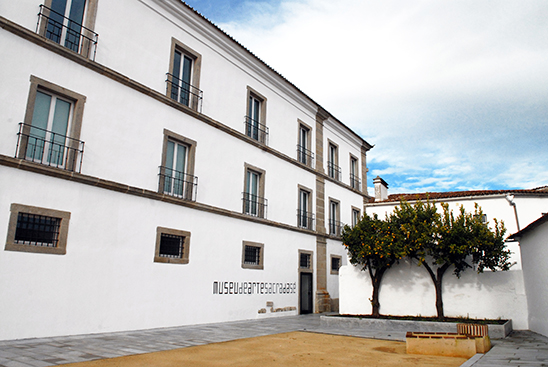 One of the frontages
One of the frontages
The building was requalified between 2007 and 2008, with the aim of housing the Museum of Religious Art or the treasure of the Cathedral and its identity was maintained, which grants it a distinctive character. The building is in itself a museum, while as a memory of an extraordinary culture in the musical field. Great surprises are offered on a trip to this building.
This monumental building in an sober barroque style was conceived and built to house the Choir Boys of the See, and replaced the instalations from the time of Prince Henry, which were considered inadequate for the School of Music of the Cathedral and the Choir Boys who inhabited it.
It was built with a structure of a boarding school, with cells or bedrooms in each one of the two floors, with wide hallways which enabled the students to also contemplate the vast countryside, and also a room for choral singing and a chapel, or oratory.
On the ground floor were the service areas, such as the refectory, the kitchen and the pantries.
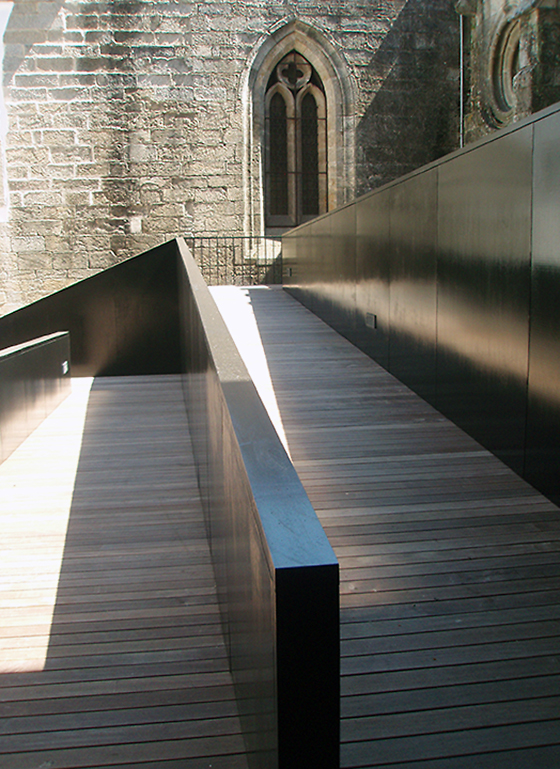 Access to the Museum through the Cathedral
Access to the Museum through the Cathedral
Treasure
The treasure of the See includes a valuable legacy of pieces of art, which convey a religious and cultural memory of our people, all of it from a Christian matrix.
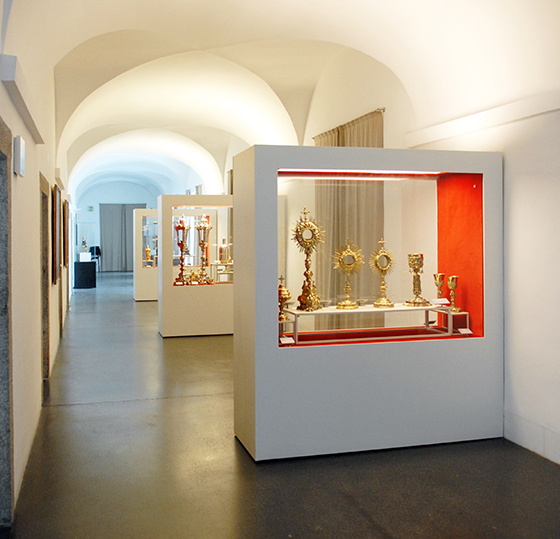 Appearance of the expository space
Appearance of the expository space
These are unique pieces in Portugal, which merit an indispensable visit.
From the 13th to the 20th century, art and faith joined hands to convey feelings and values, still capable today of mobilizing a fraternal, solidary and plural culture.
From the artistic production exhibited, the paintings stand out, mainly from the artists of the School of Évora, the sculptures, the jewellery and the liturgical vestments, which make this Museum one of the most valuable in the city and in the south of the country.
A special attention is worthy to be mentioned of the artistic and valuable pieces as the authentic jewels of the Holy Wood of the True Cross and the Virgin of Paradise or Open Virgin.
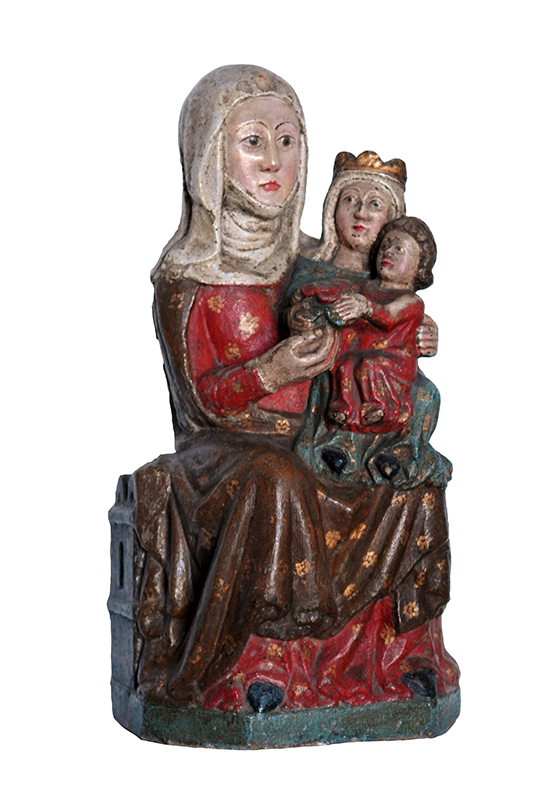 Holy mothers
Holy mothers
The Tour
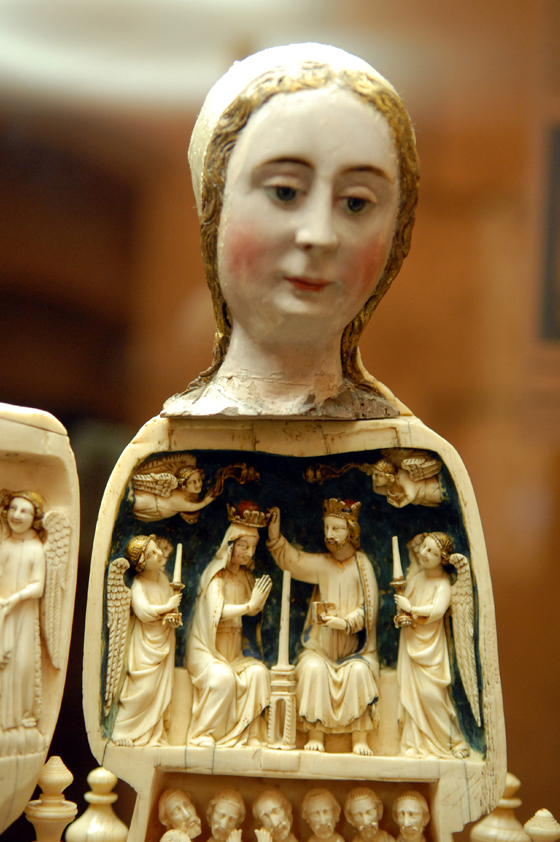 The virgin of Paradise (opening)
The virgin of Paradise (opening)
At the end you walk down to the ground floor. There you will see a refectory article of the school, where they read the Bible and the life of the Saints for the students while they are eating; today it is the shop of the museum, where you can buy some souvenir or regional product. In the exit is the old kitchen today coffee shop, where you can enjoy the taste of the region and rest a little, whether inside or likewise in the esplanade outside.
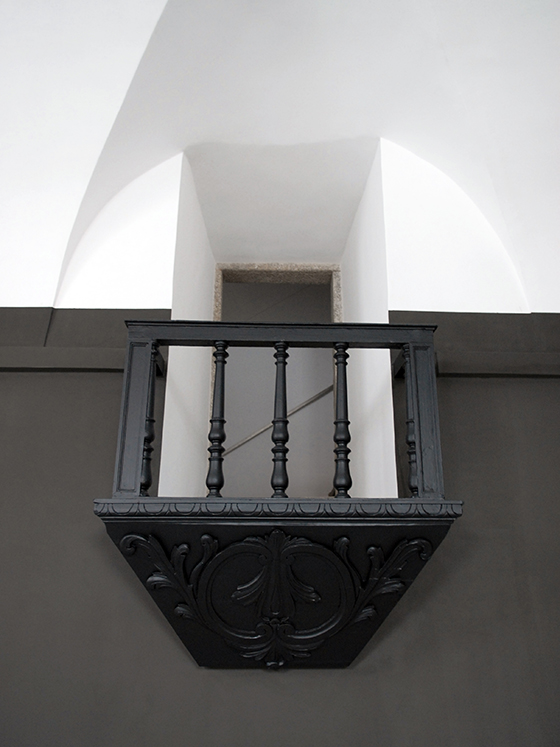 The detail of the shop pulpit of the old refectory of the school
The detail of the shop pulpit of the old refectory of the school
To have a majestic knowledge of the structure of the building that was the boarding school of the school of music of the Cathedral till XIX century, and to enjoy the richness of the artistic collection with unique parts, (the only one of its kind) in the country and very rare in Europe, you must start your visit from the Oratory or the Chapel, where the central theme of the Museum is represented.
After climbing to the 2nd floor, where the most beautiful painting of the masters of the school of Evora is predominate together with the cells or the bedrooms of the students, dedicated to special matters.
You can´t leave without admiring the beauty of the corridor and the virgin of Paradise exposed in one of the cells.
After you should walk down to the 1st floor, with identical structure to the 2nd floor, and where is mainly gold jewellery in the display showcase of the corridor and in some cells, well as liturgical vestment shop and other objects of high artistic value.
At the end of the corridor, you will see an old room of choral singing, today it is entirely dedicated to the Holy Cross, the relic of the cross of Jesus brought by the crusaders, and whose history is narrated by different paintings that are exhibited there.
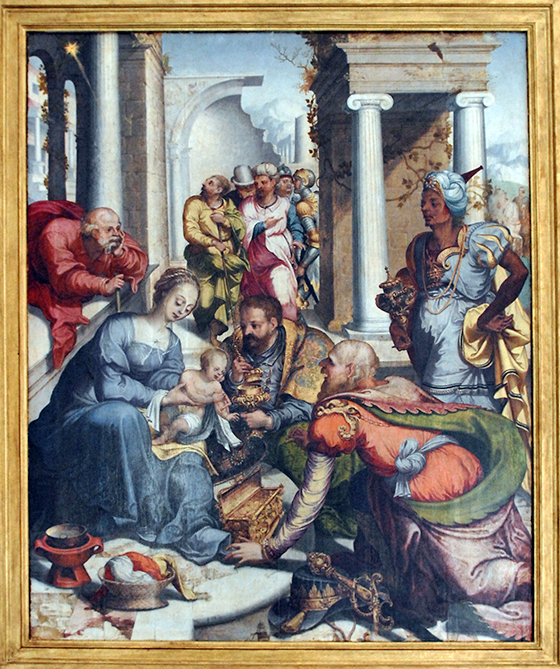 Adoration of the Magi
Adoration of the Magi







